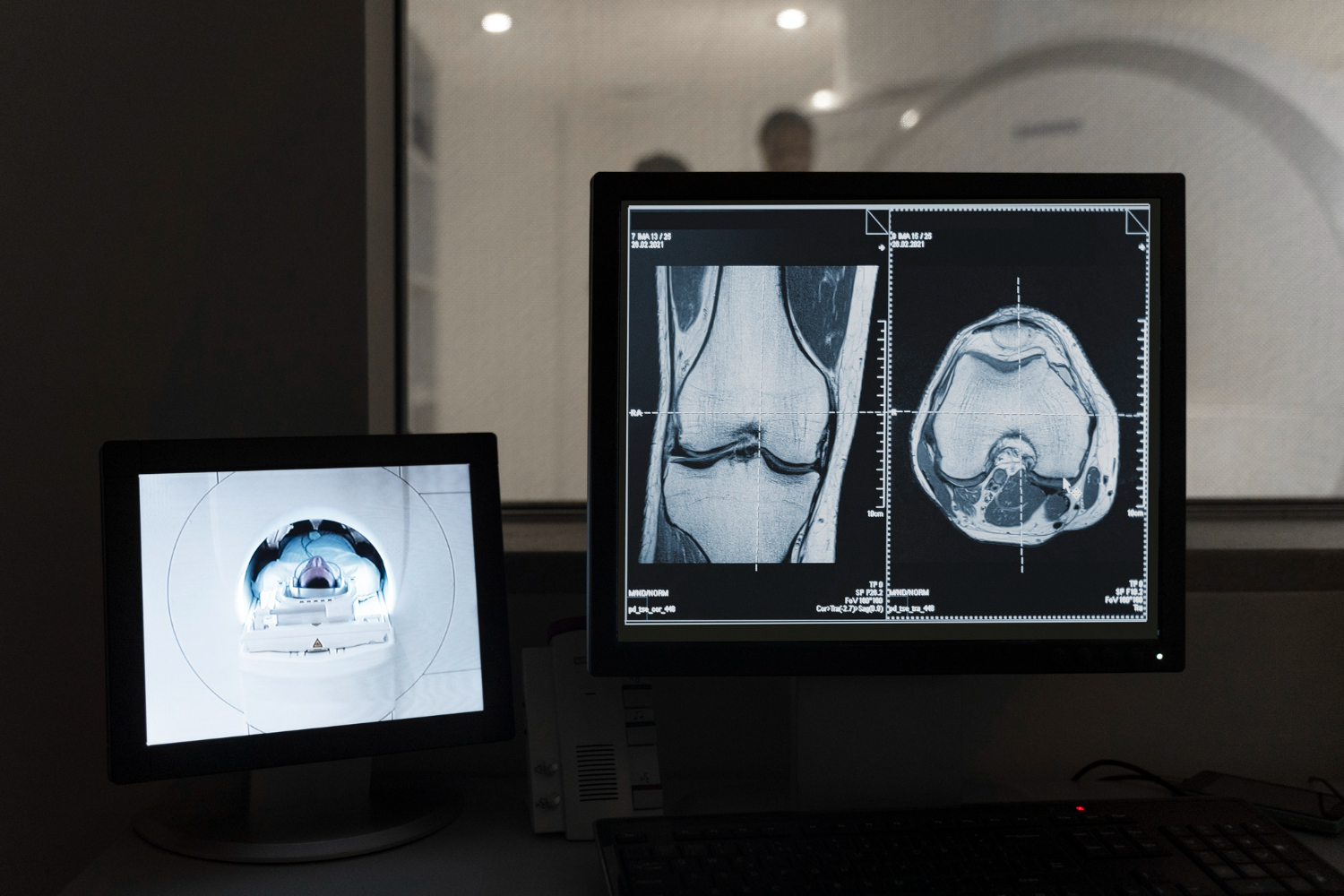
Consolidation has been ongoing in health care markets across the health care spectrum—among health systems, hospitals, physicians, insurers, and pharmacy benefits managers [1–3]. For physicians, incentives for consolidation include increased negotiating power with insurers and health systems given the consolidation among insurers, hospitals, and health systems; the need to increase size to spread or manage the risk associated with value-based payment models; increasing capital expenses; concerns about maintaining hospital privileges with a health system; the cost of EHR implementation; and the cost of regulatory compliance [2–5]. Specifically in radiology, practice consolidation has occurred in response to five forces that each shift dynamically, combining to reshape the health care landscape: payer consolidation, hospital consolidation, physician practice consolidation, changing payment models, and disruptive technologies [5]. Provider practice consolidation—the horizontal merger of provider practices with each other or a vertical merger with health systems—is occurring in multiple radiology practice models [6–8].
Curtesy: Eric W. Christensen
View More

